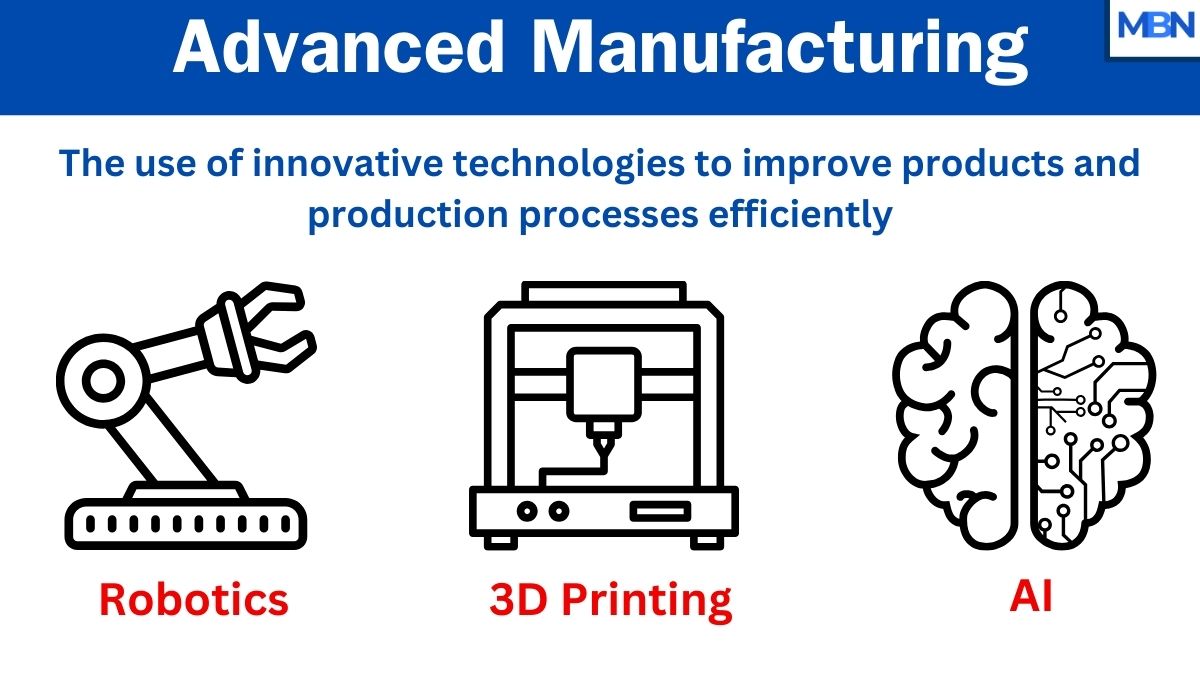The EU is determined to be at the forefront of advanced manufacturing practices.
The way things are produced has changed. Traditional assembly lines are becoming obsolete. Factories aren’t what they used to be. These days, you’ll find machines that can think, arms that move on their own, and printers that build parts from scratch. It’s not just faster.. things come out cleaner, more accurate, and with less waste.
Curious about how that’s playing out across Europe? So was the European Commission. Their research arm, the JRC, dug into the details to see where things stand and where they’re falling short.
Numbers don’t tell the whole story, but they do reveal the parts that usually get buried. Here’s what’s actually going on beneath the big claims about Europe’s manufacturing future.
-
 1. A lot of firms are owned by companies based elsewhere.
1. A lot of firms are owned by companies based elsewhere.
About 20% of EU-based advanced manufacturing firms are controlled by companies abroad. That’s twice the rate in the US or China. Some see it as a sign of openness. Others worry it’s Europe losing its grip on its own innovation. -
 2. Venture capital? Still not coming to Europe.
2. Venture capital? Still not coming to Europe.
Most (around 90%) of global VC in this sector goes to American and Chinese firms. Even when European companies show promise, funding often trails far behind. -
 3. The EU’s ahead in a few places.
3. The EU’s ahead in a few places.
Europe doesn’t dominate AI or chips, but it has a strong hand in ‘Internet of Things’, robotics, and even extended reality. -
 4. Germany, Spain, France, and Italy.
4. Germany, Spain, France, and Italy.
More than half of Europe’s advanced manufacturing companies are based in just those four countries. It’s a solid core, but also a concentration risk if policy support doesn’t reach the rest. -
 5. Scale.
5. Scale.
Small and mid-sized firms make up most of the EU’s industrial landscape. That’s great for flexibility. Not so great for competing with Chinese giants. Without scaling, innovation can end up stuck in the lab or sold off too early.
What’s the takeaway? Europe’s not out of the game, but it’s not on autopilot either. The ideas are there. So are the skills. What’s missing is the push to turn potential into presence.
So, What Did The JRC Find?
Right now, the heavyweights in advanced manufacturing are pretty clear: China, the US, and the EU. And while China has made incredible progress in this segment, the EU is still in a good position. And if you’re looking for where this really shows up? Germany, Spain, France, and Italy are out in front.
According to the JRC, the EU has a strong commitment to innovation; just look at the sheer number of patent applications in advanced manufacturing.
The EU is also in a strong position regarding the use of 3D printing, robotics, and power electronics.

So all in all? Not a bad showing for the EU. And not just because of individual companies, but because of clusters. Clusters are groups of businesses that work together, share knowledge, and build stuff faster.
The problem? China dominates when it comes to its intellectual property portfolio and number of larger firms.
Policies Could Make or Break This
One thing the report makes clear: this isn’t going to fix itself.
Smart policy is crucial. And that means putting money into research, giving people the skills they’ll actually need, and making sure smaller businesses don’t get left behind.
Citation: FABIANI, J., SOGUERO ESCUER, J., CALZA, E., DUNKER, C. and DE PRATO, G., Strategic Insights into the EU’s Advanced Manufacturing Industry: Trends and Comparative Analysis, Publications Office of the European Union, Luxembourg, 2024, ISBN 978-92-68-20758-1, https://doi.org/10.2760/7959469, JRC139092.
